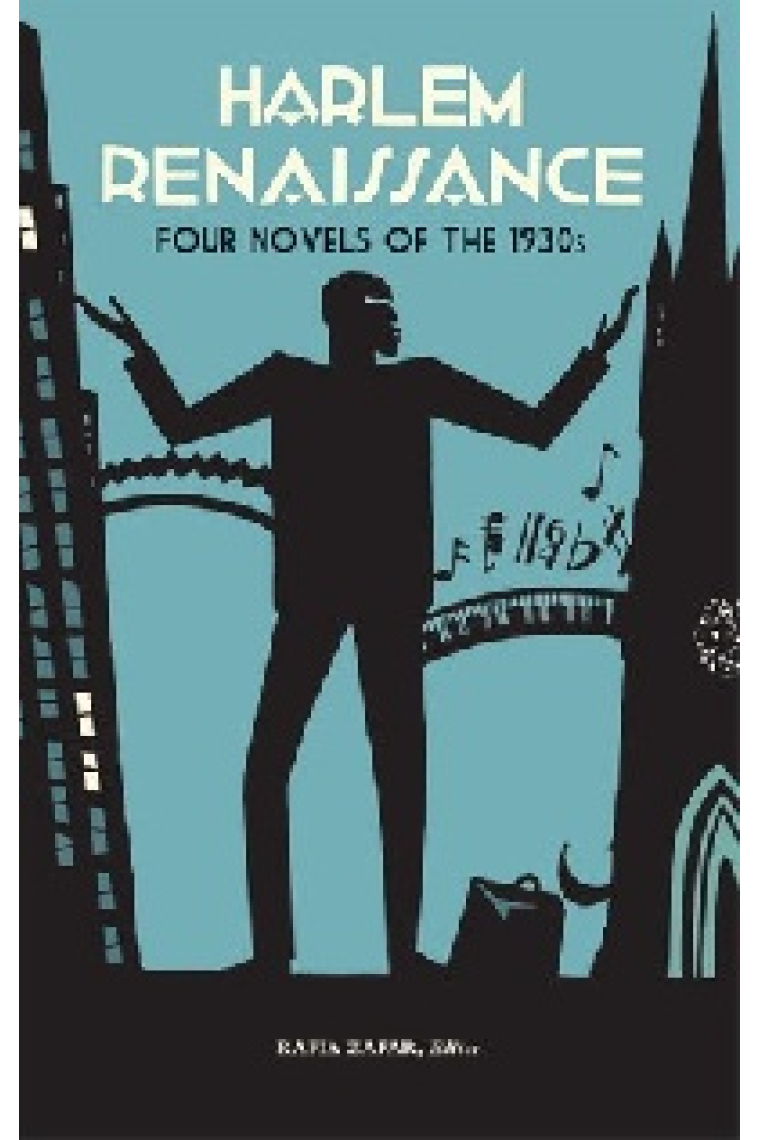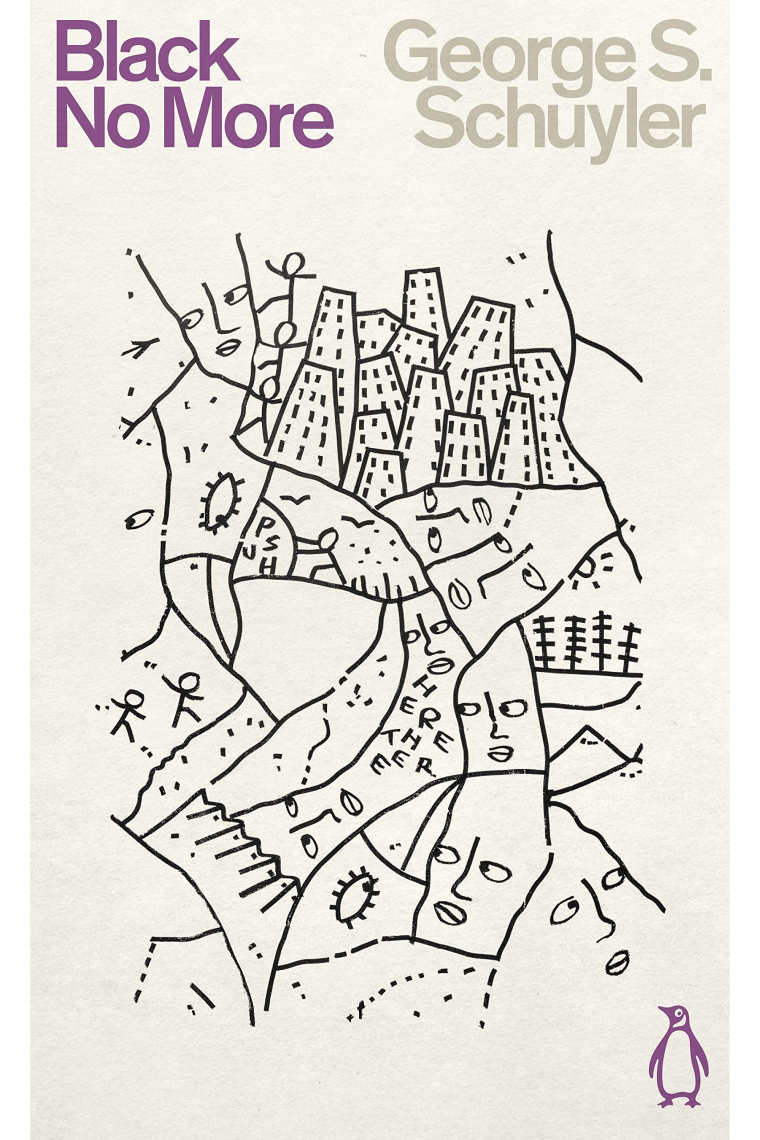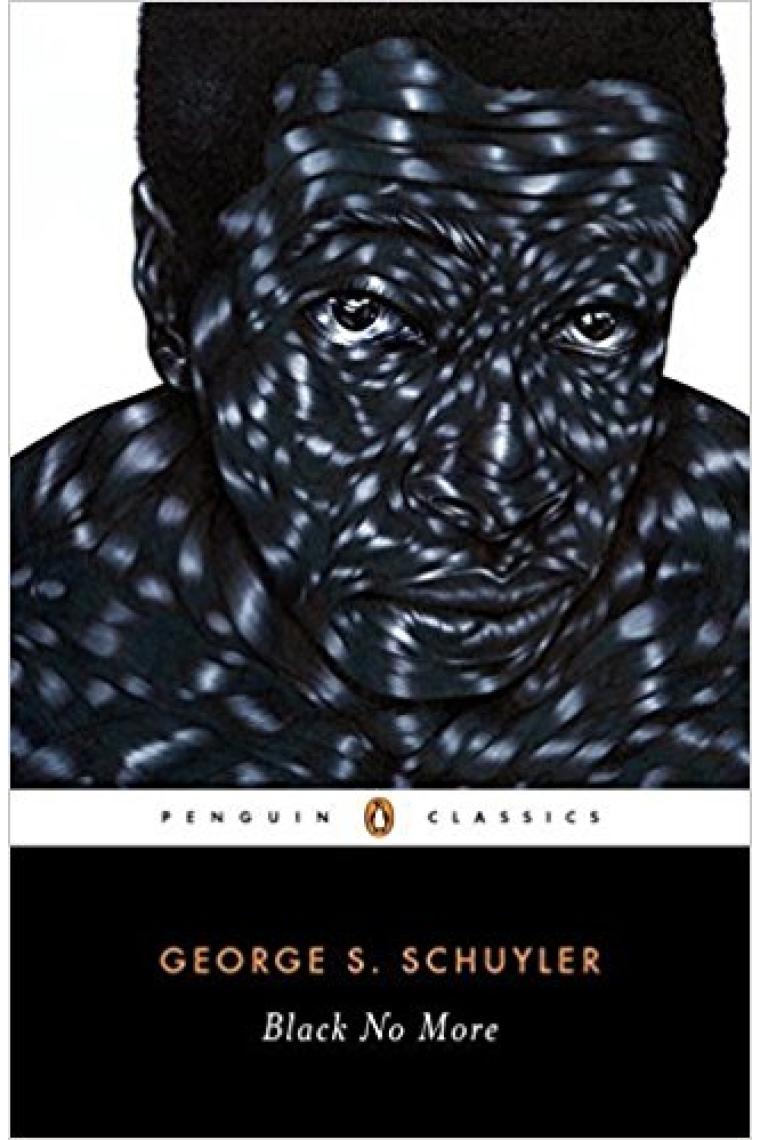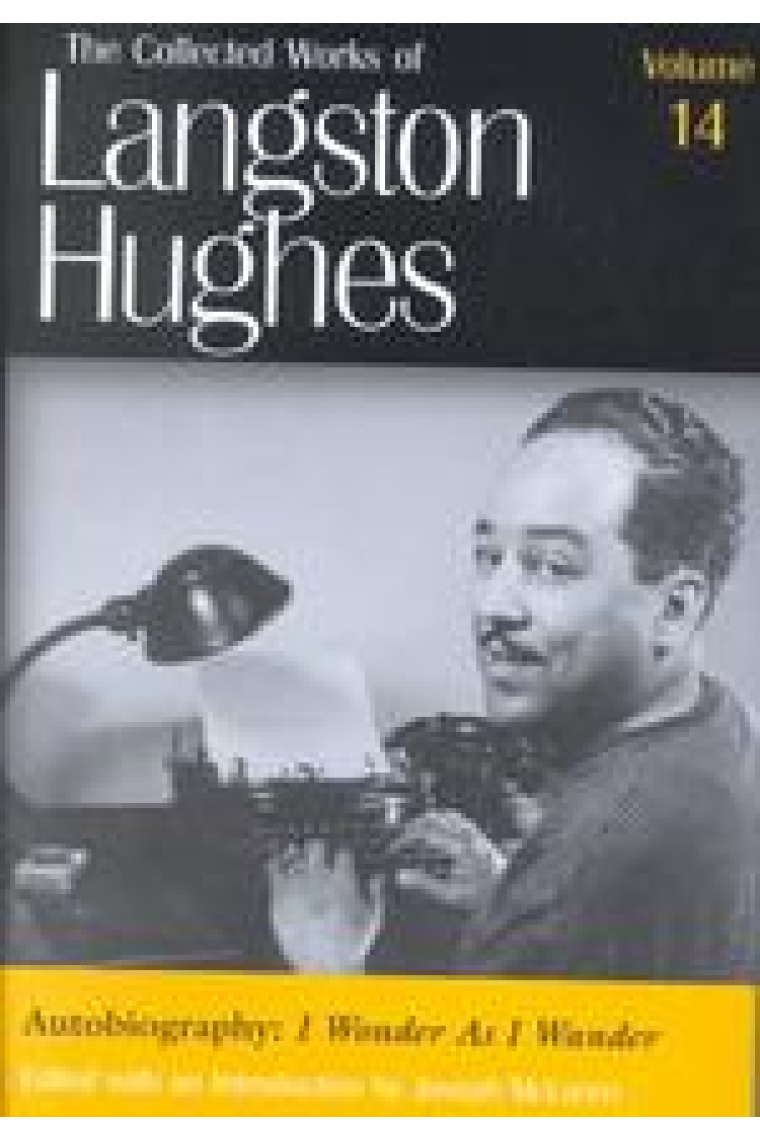Detalles del libro
The defiant energy of the New Negro Arts Movement that flourished between World War I and the Great Depression—more famously known as the Harlem Renaissance—was indelibly articulated by Langston Hughes: “We younger Negro artists who create now intend to express our individual dark-skinned selves without fear or shame. If white people are pleased we are glad. If they are not, it doesn’t matter. . . . We build our temples for tomorrow, strong as we know how, and we stand on top of the mountain, free within ourselves.” Hughes was just one of the novelists who transformed American literature with sometimes startling explorations of fresh subject matter—including such controversial themes as “passing” and color prejudice within the black community—and a defiant insistence that African American writers must speak for themselves. Four Novels of the 1930s captures the diversity of genre and tone nourished by the Harlem Renaissance. Together, these novels form a vibrant and contentious collective portrait of African American culture in a moment of tumultuous change and great promise. Langston Hughes’s Not Without Laughter (1931)—the poet’s only novel, an elegiac, elegantly realized coming-of-age tale suffused with childhood memories of Missouri and Kansas—follows a young man from his rural origins to the big city. George S. Schuyler’s Black No More (1931), a satire founded on the science-fiction premise of a wonder drug permitting blacks to change their race, savagely caricatures public figures white and black alike in its raucous, carnivalesque send-up of American racial attitudes. Considered the first detective story by an African American writer, Rudolph Fisher’s The Conjure-Man Dies (1932) is a mystery that comically mixes and reverses stereotypes, placing a Harvard-educated African “conjure-man” at the center of a phantasmagoric charade of deaths and disappearances. Black Thunder (1936), Arna Bontemps’s stirring fictional recreation of Gabriel Prosser’s 1800 slave revolt, which, though unsuccessful, shook Jefferson’s Virginia to its core, marks a turn from aestheticism toward political militance in its exploration of African American history. Rafia Zafar, editor, is a professor of English with joint appointments in the African & African American Studies and American Culture Studies programs at Washington University in St. Louis. She is the author of We Wear the Mask: African Americans Write American Literature, 1760–1870 (1997) and the book-length study “Fictions of the Harlem Renaissance,” which appears in the sixth volume of The Cambridge History of American Literature (2002). She has also edited New Essays on Harriet Jacobs and Incidents in the Life of a Slave Girl (1996; with Deborah Garfield), and God Made Man, Man Made the Slave: The Autobiography of George Teamoh (1992; with F. N. Boney and R. L. Hume). - See more at: http://www.loa.org/volume.jsp?RequestID=353#sthash.Nb6b3MkH.dpuf
- Encuadernación Tapa dura
- Autor/es Zafar, Rafia / Hughes, Langston / Schuyler, George S. / Fisher, Rudolph / Bontemps, Arna
- ISBN13 9781598531015
- ISBN10 1598531018
- Páginas 848
- Colección Library of America #218
- Año de Edición 2011
- Idioma Inglés
Harlem Renaissance: Four Novels of the 1930s ( Library of America #218 )
- Rafia Zafar , Langston Hughes , George S. Schuyler , Rudolph Fisher , Arna Bontemps
- Editorial LIBRARY AMERICA
- ISBN 9781598531015
 ¡Gracias por comprar en librerías reales!
¡Gracias por comprar en librerías reales!

 Lo mejor de noviembre
Lo mejor de noviembre  Alibri Llibrería, Barcelona
Alibri Llibrería, Barcelona
 Librería Lé, Madrid
Librería Lé, Madrid
 Caselles Llibrería, Lleida
Caselles Llibrería, Lleida












